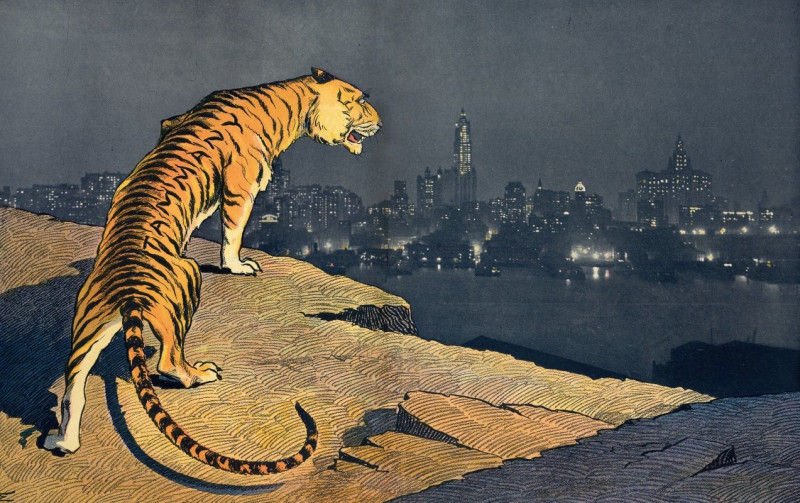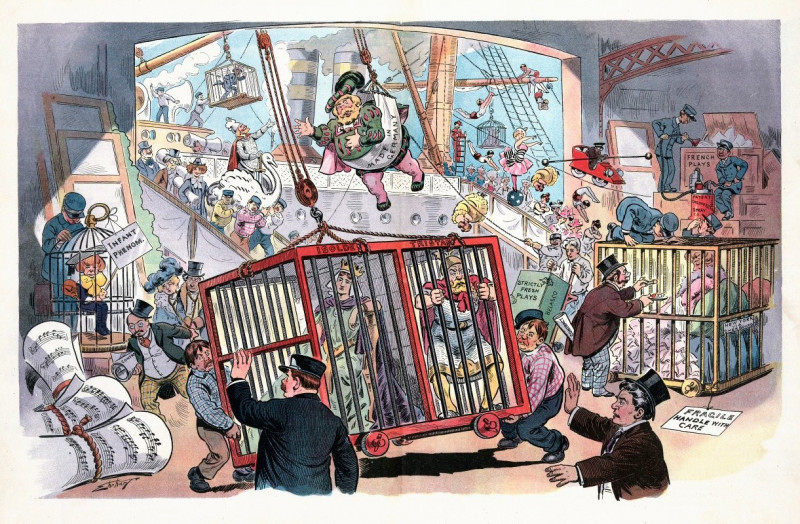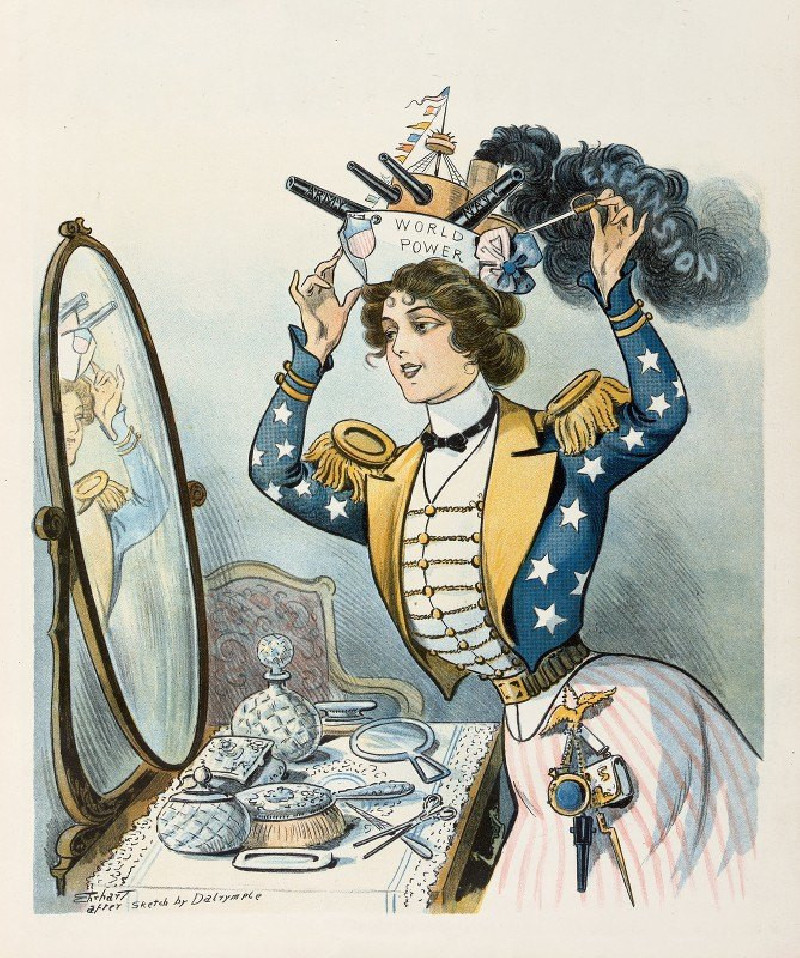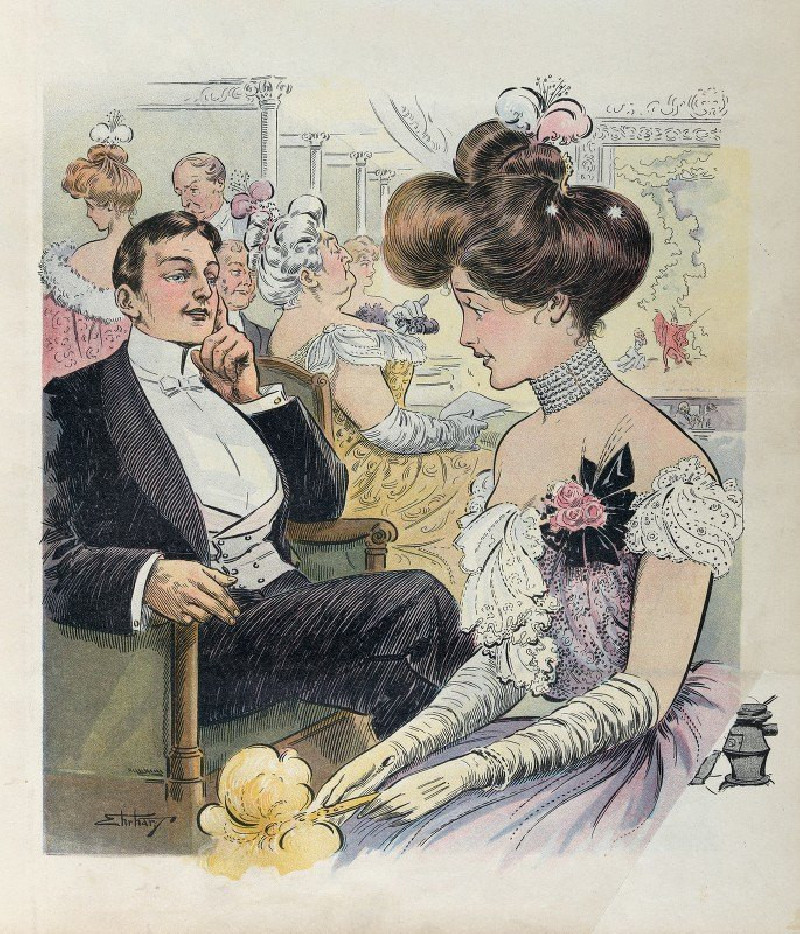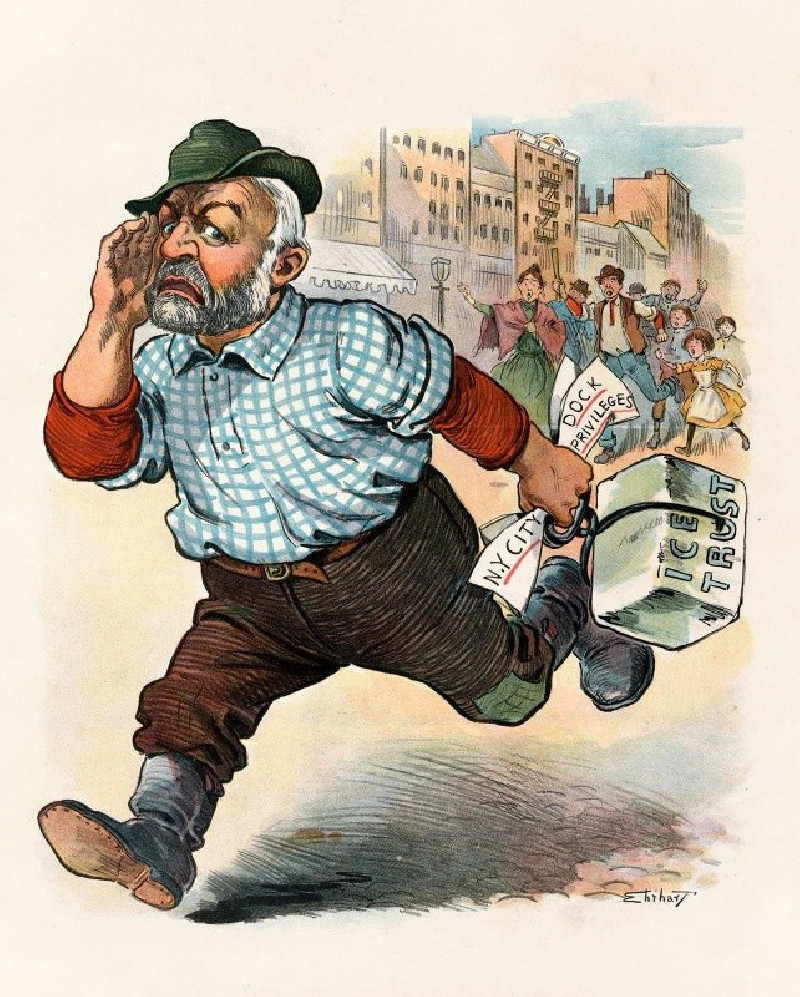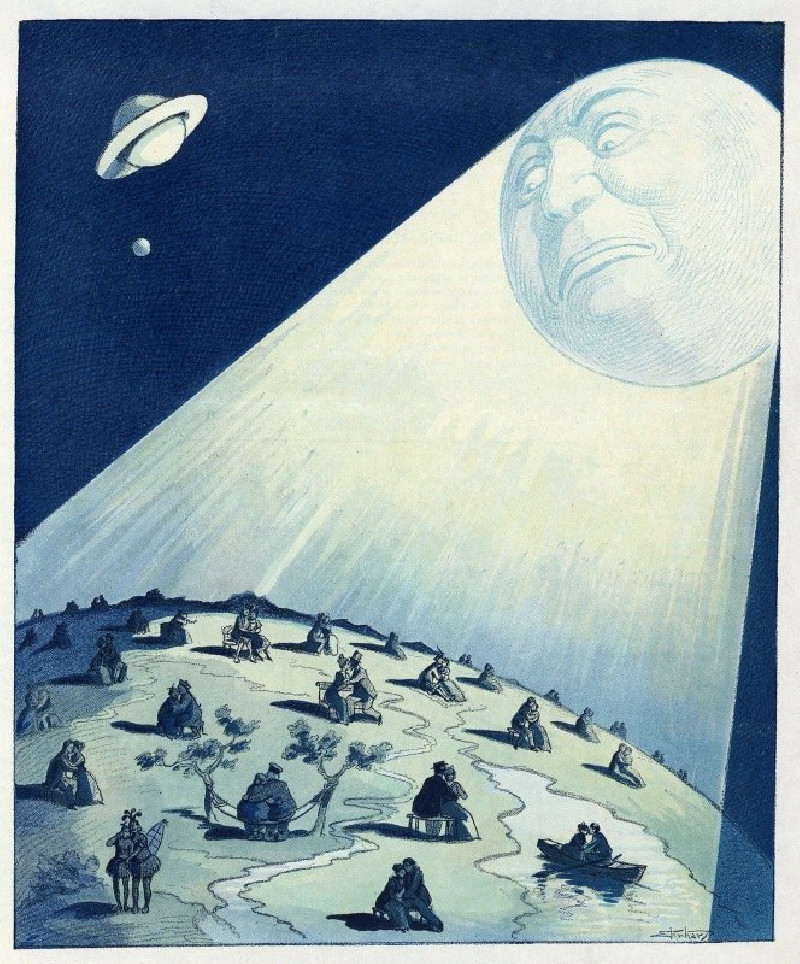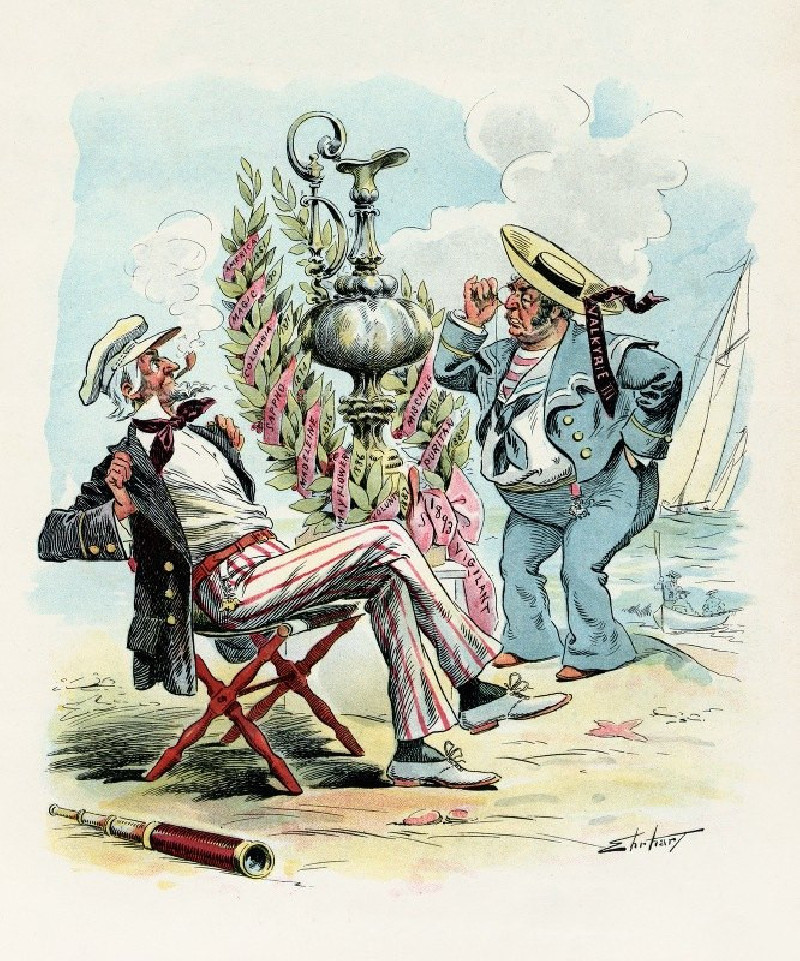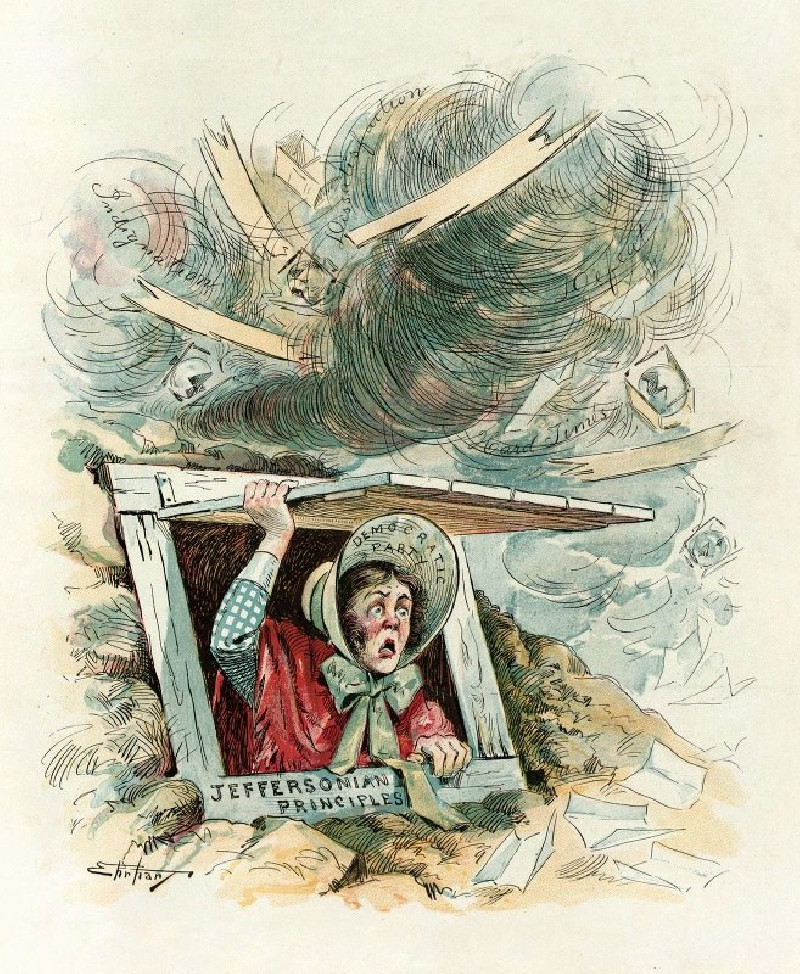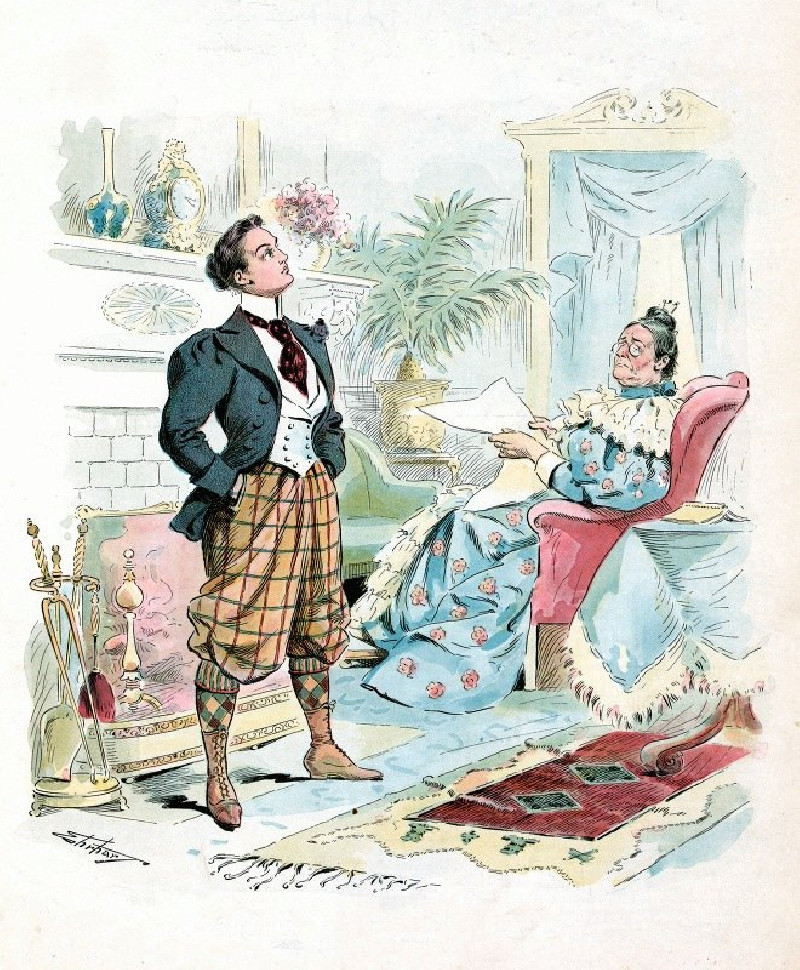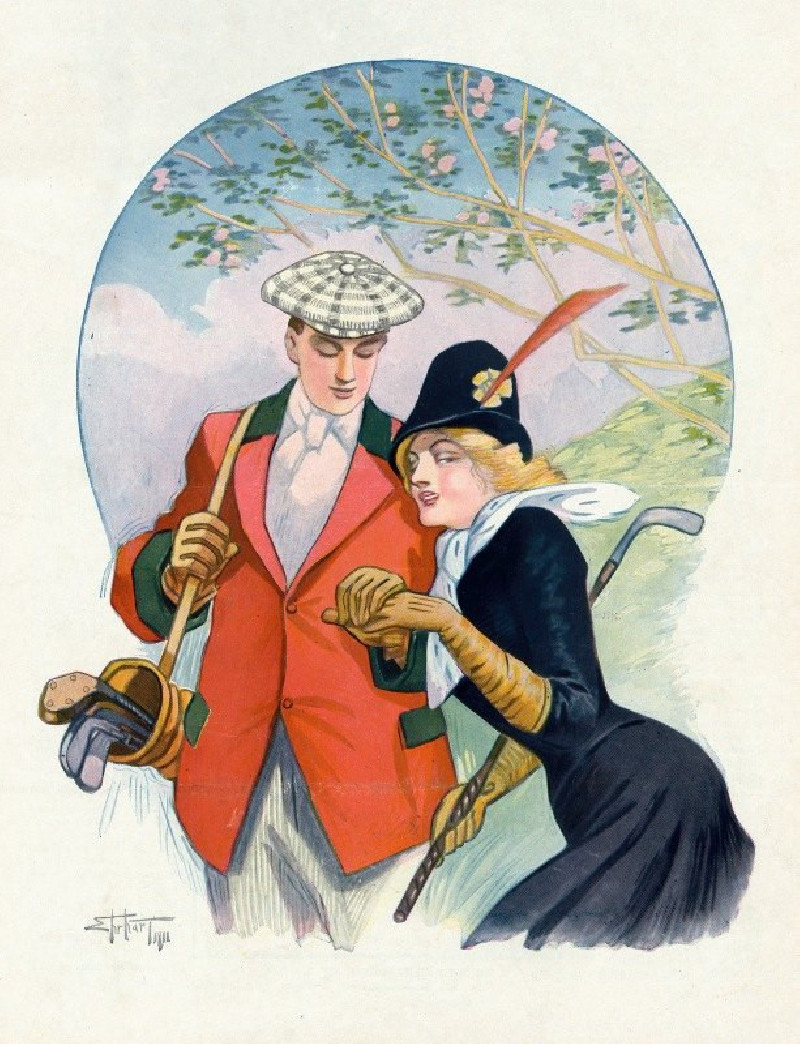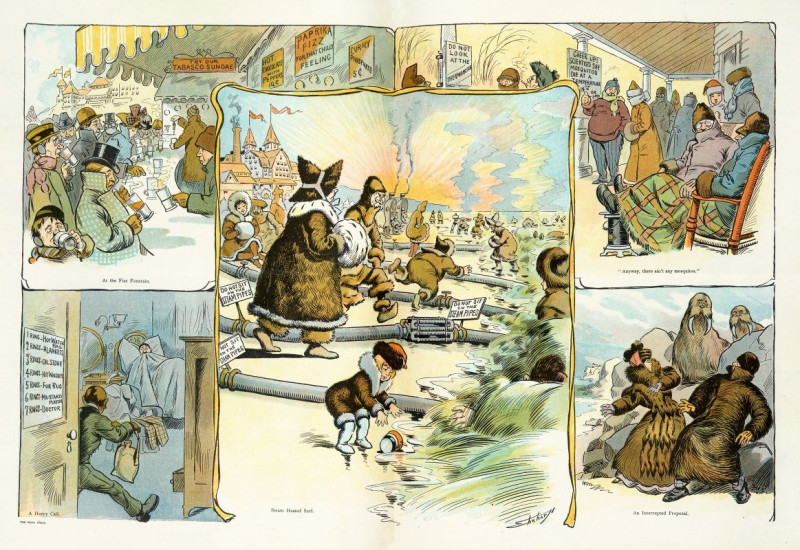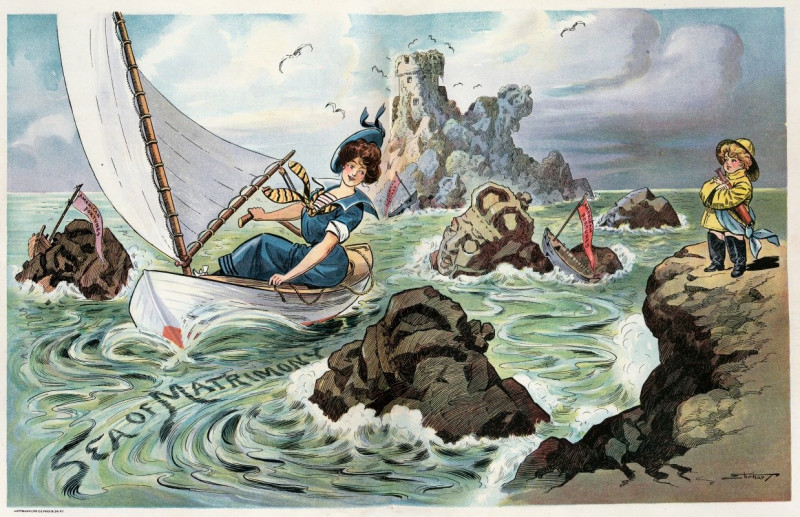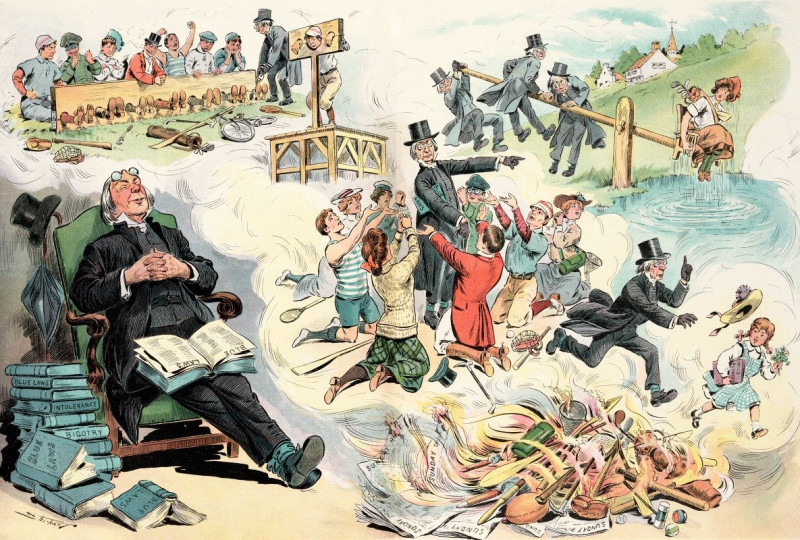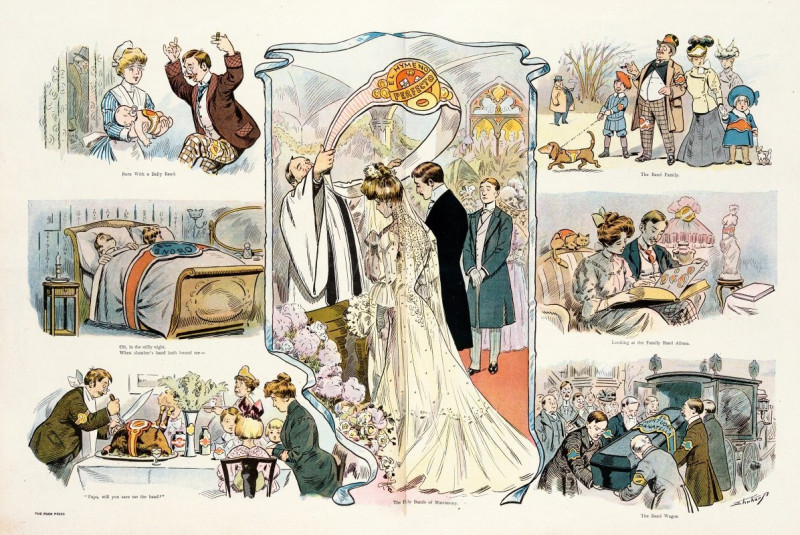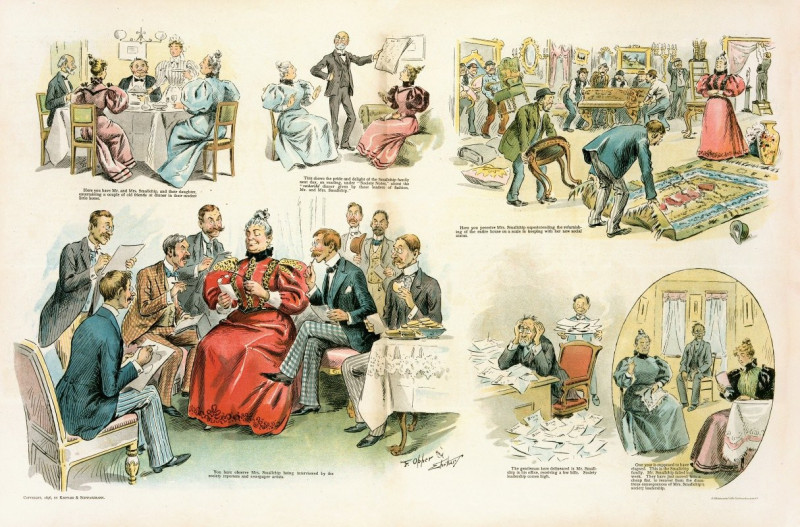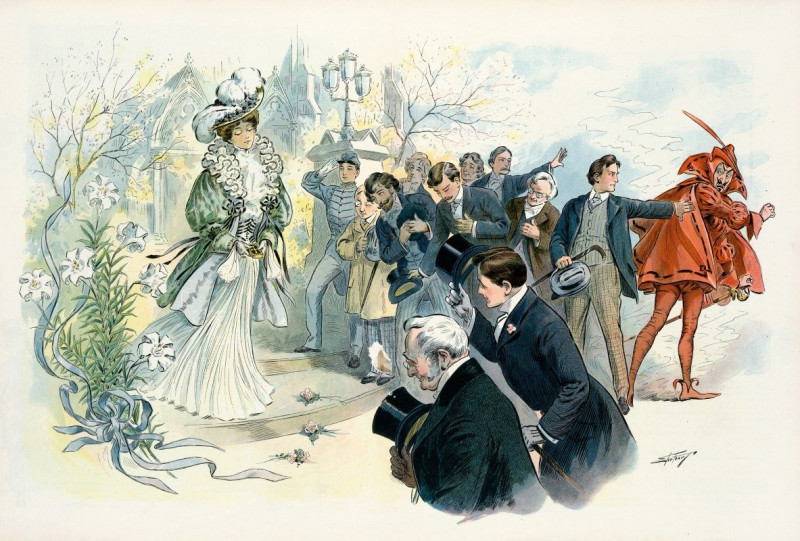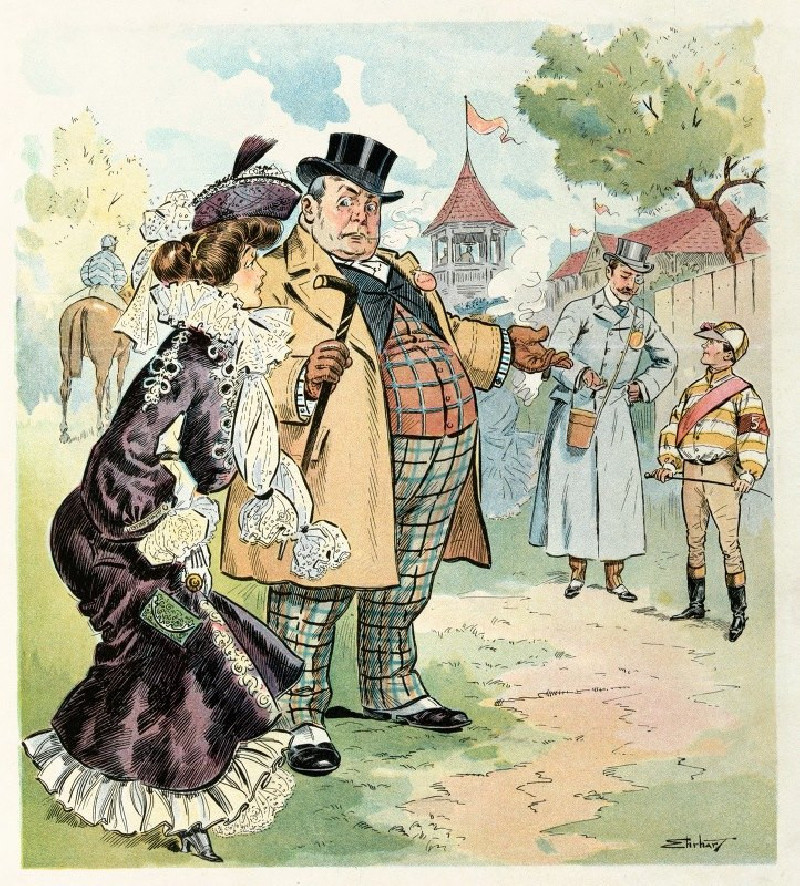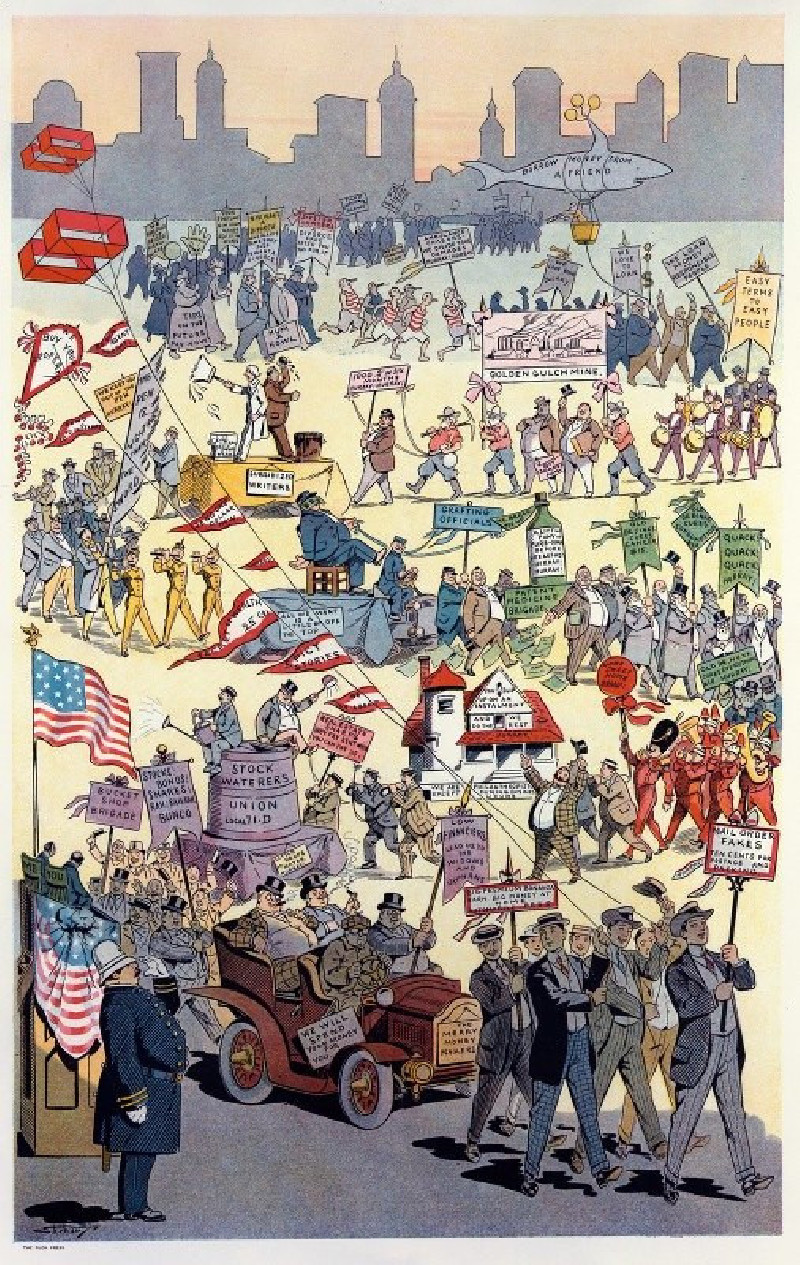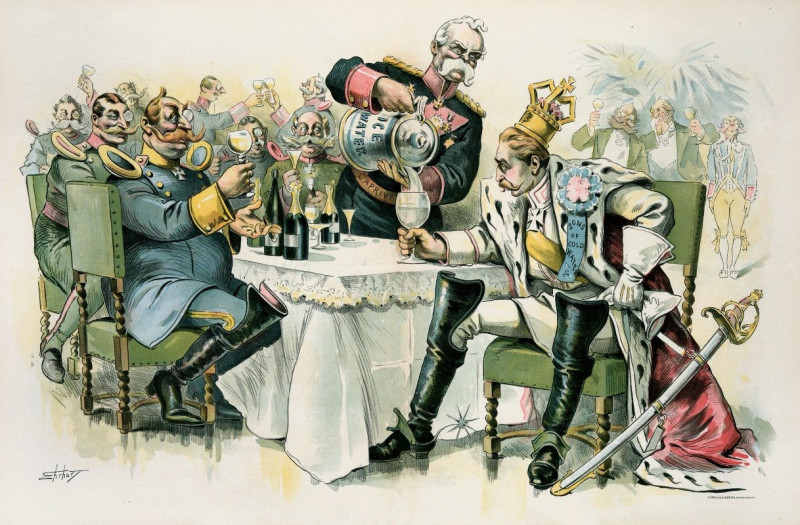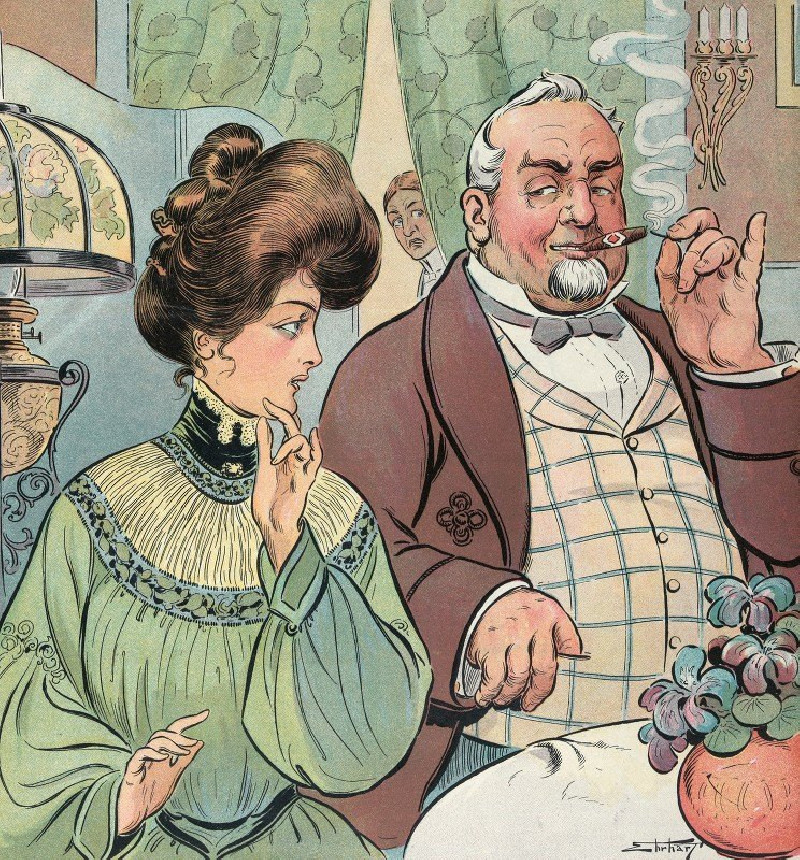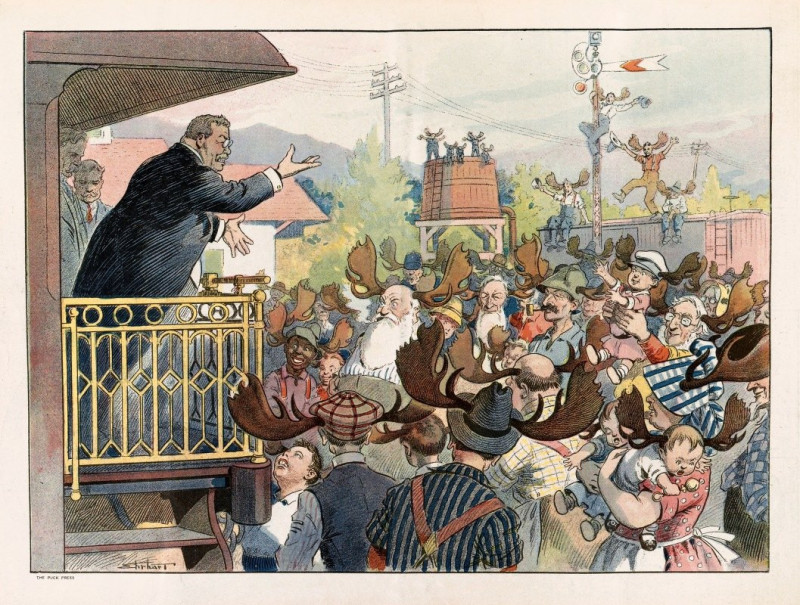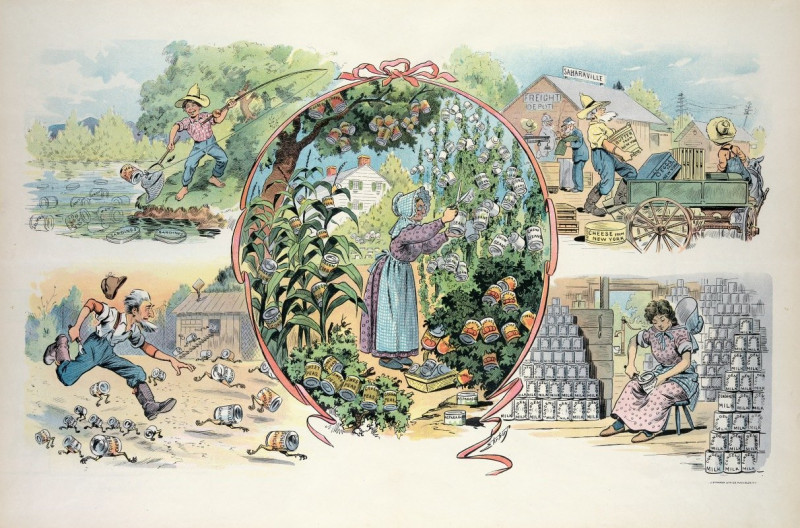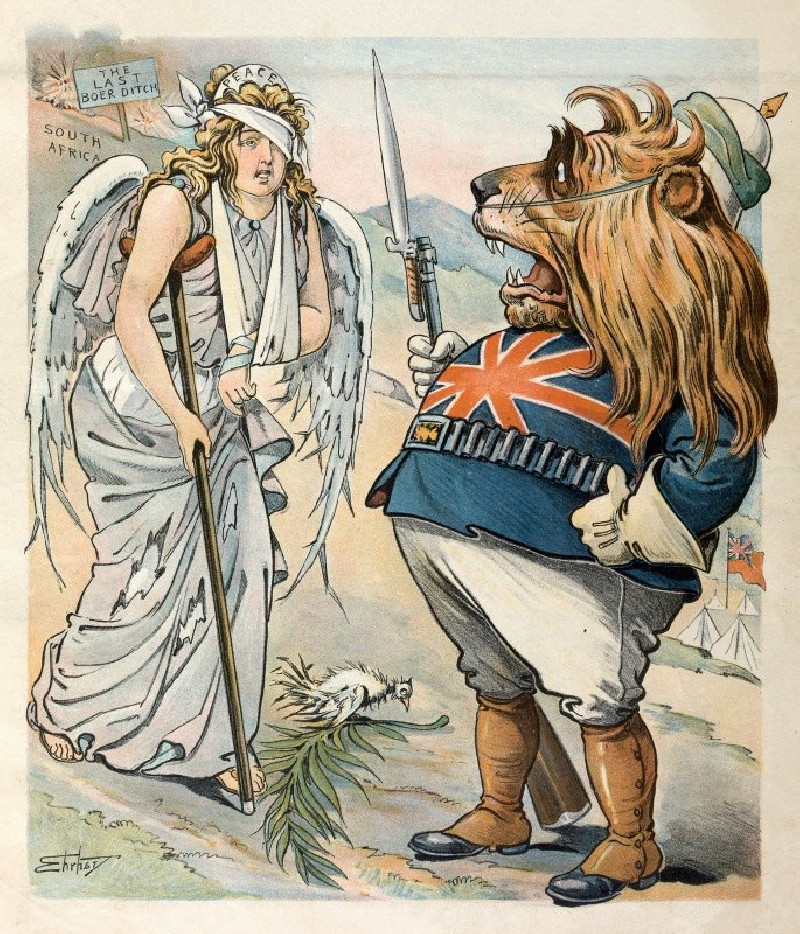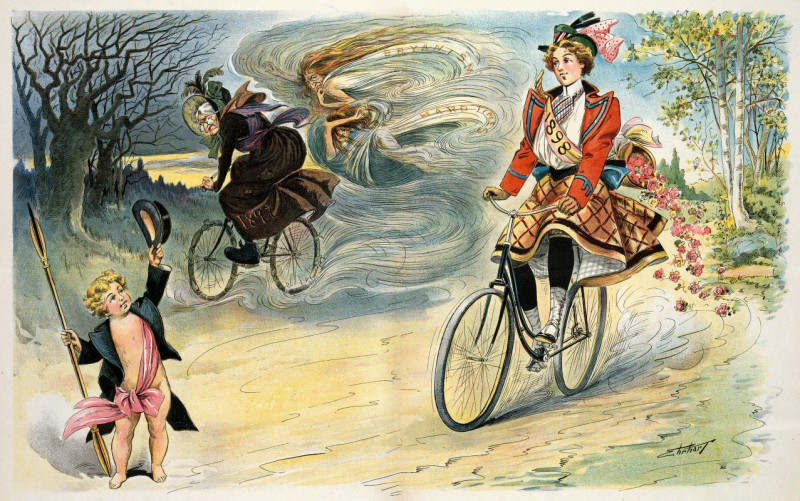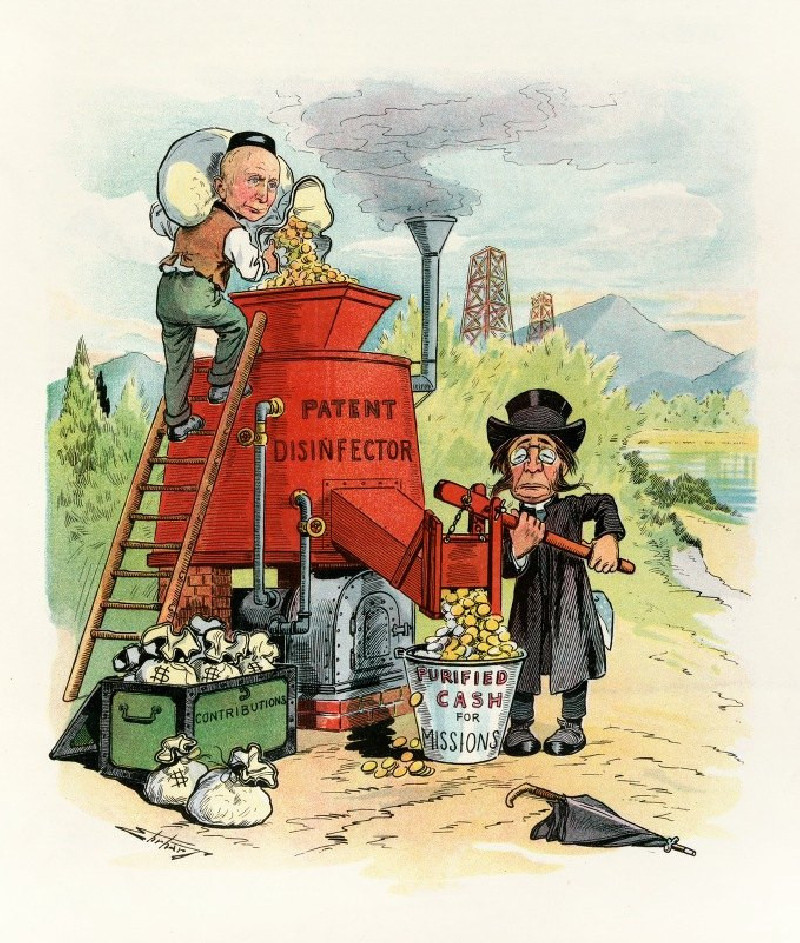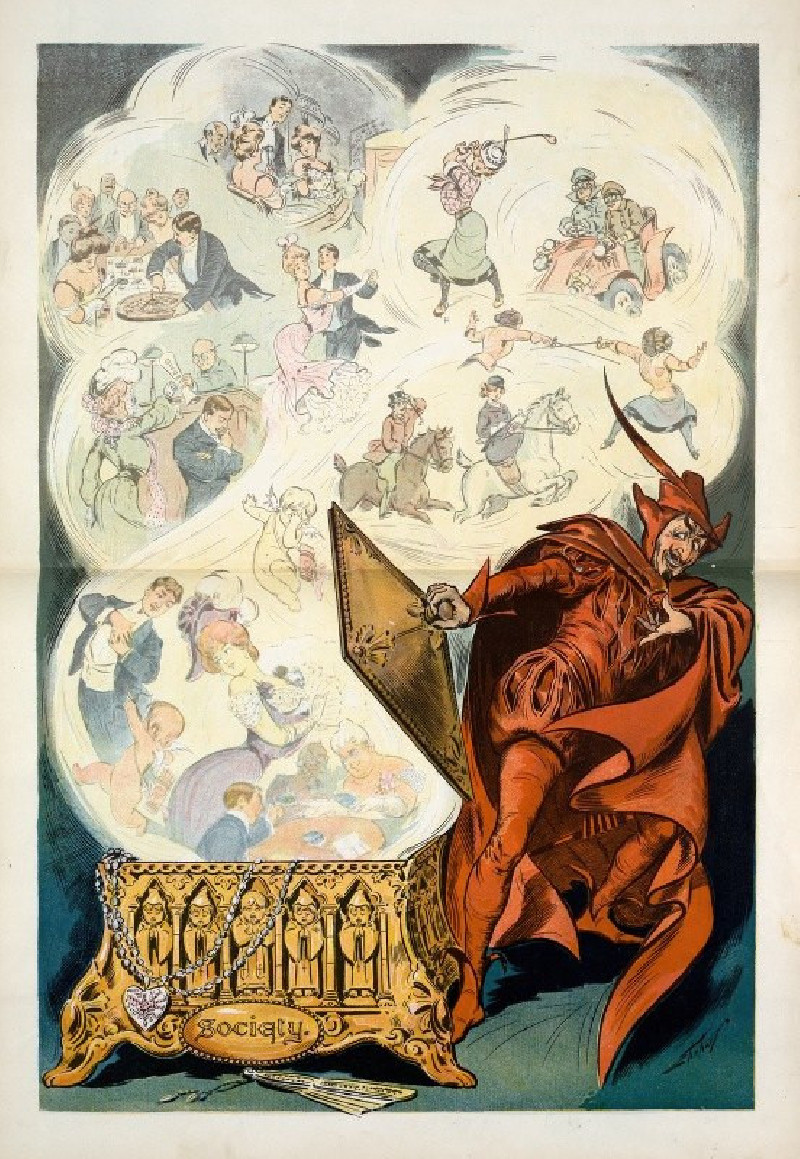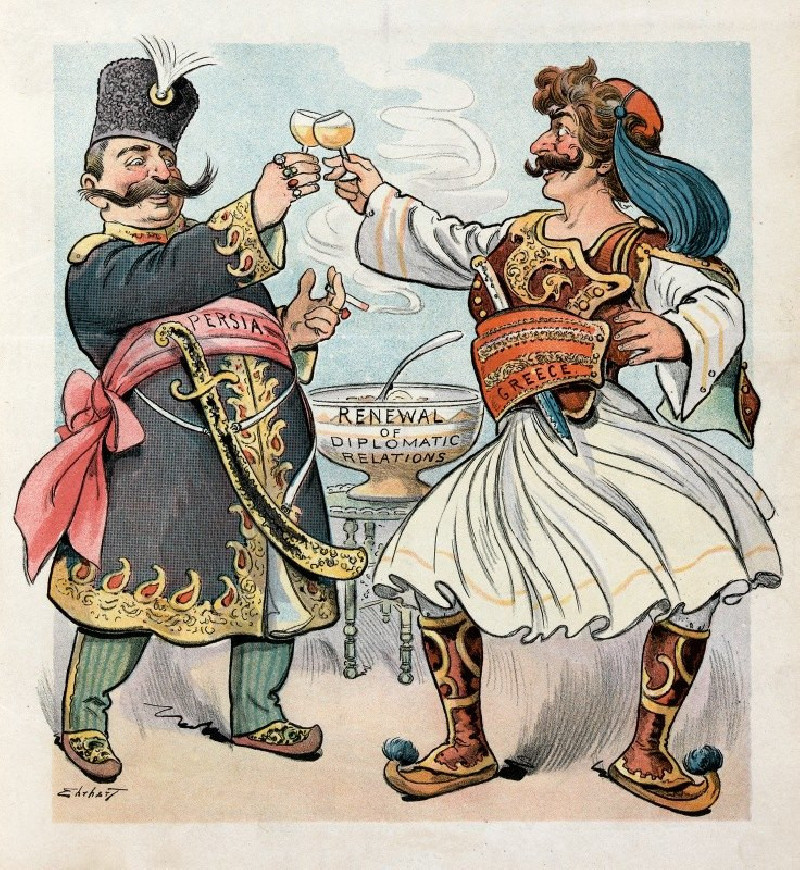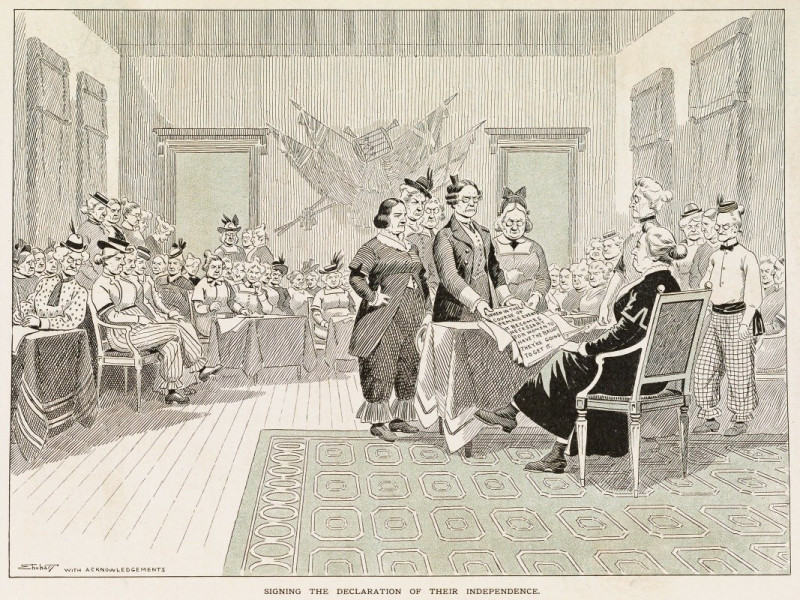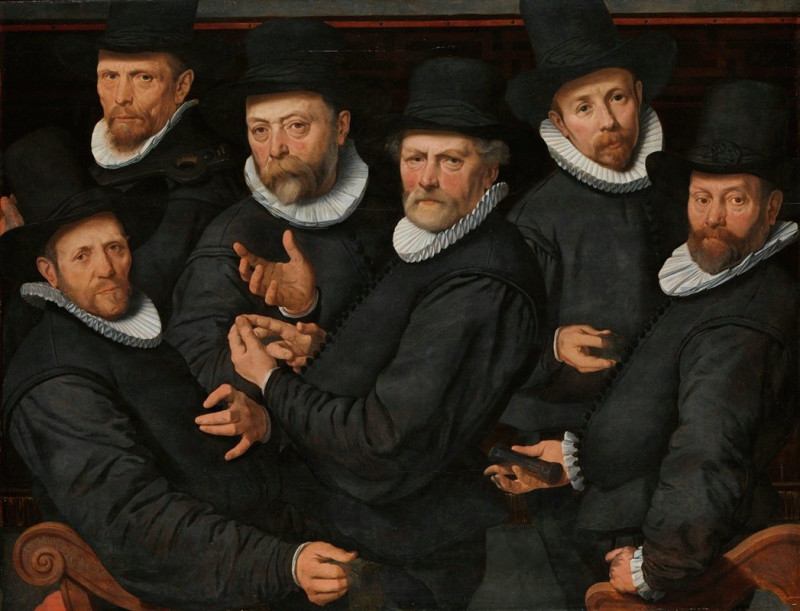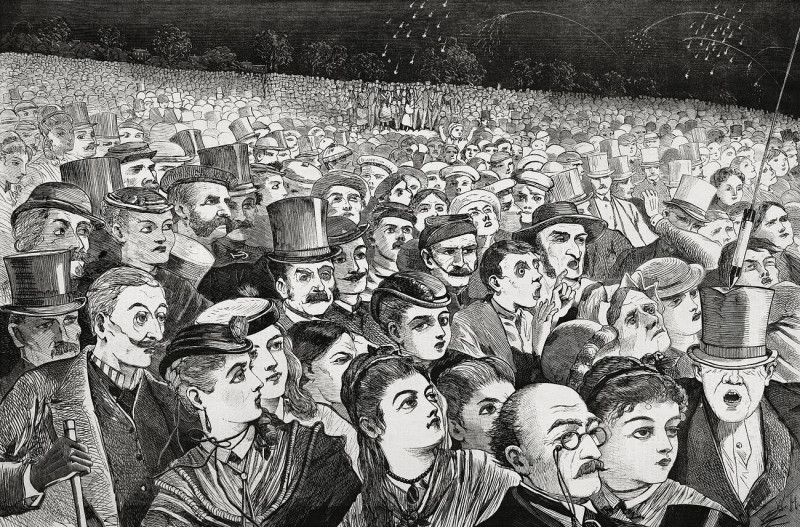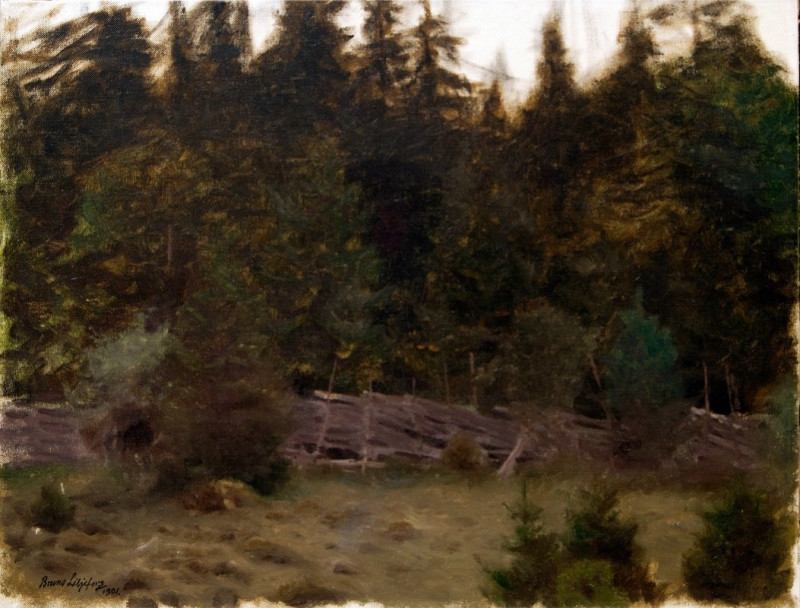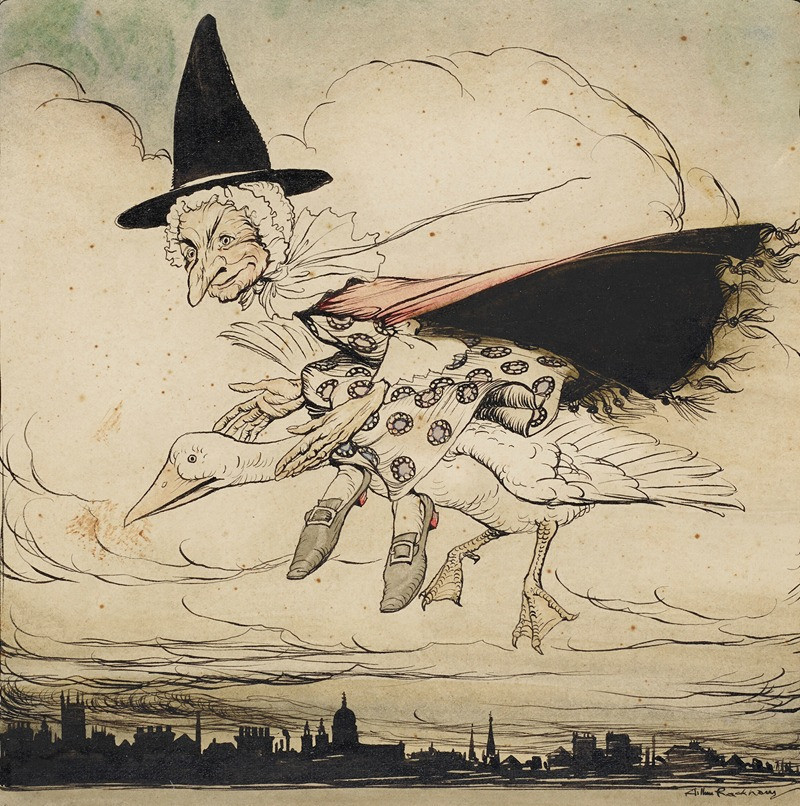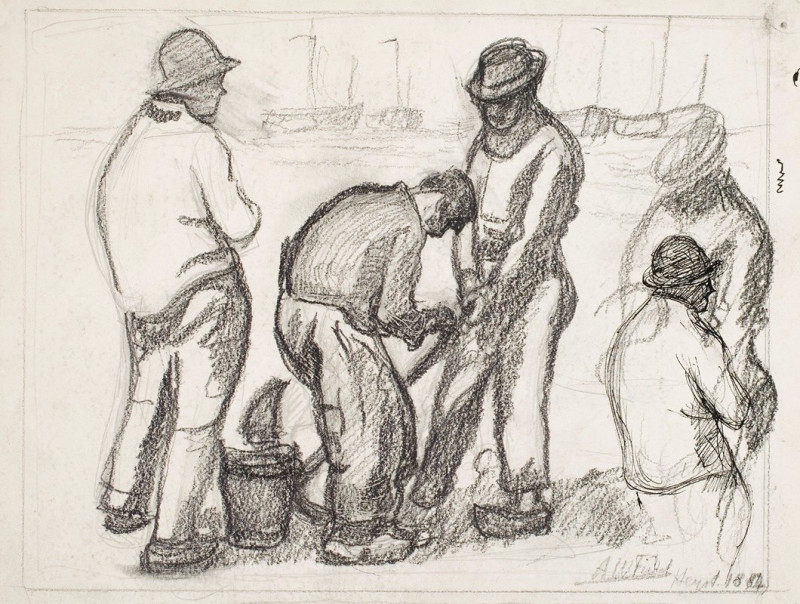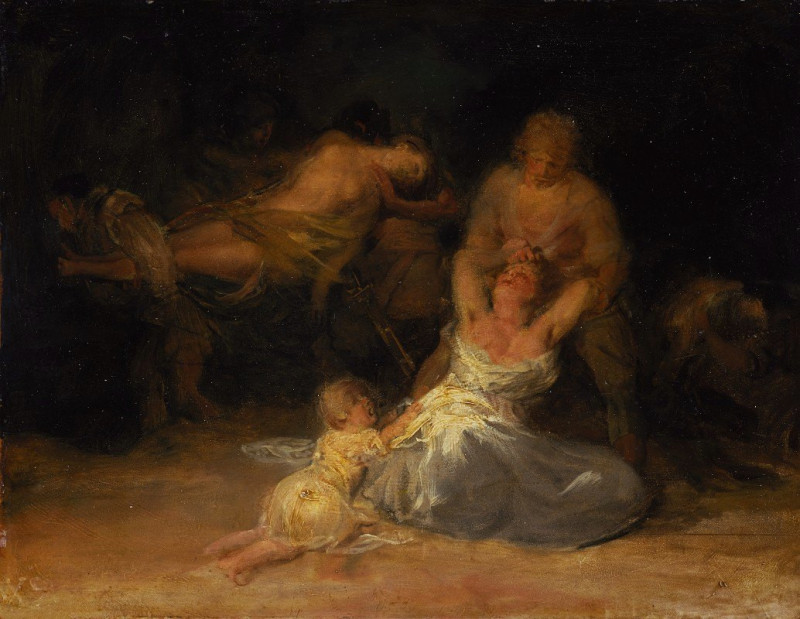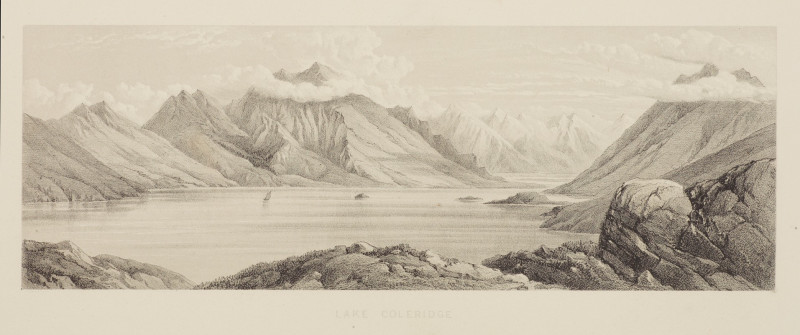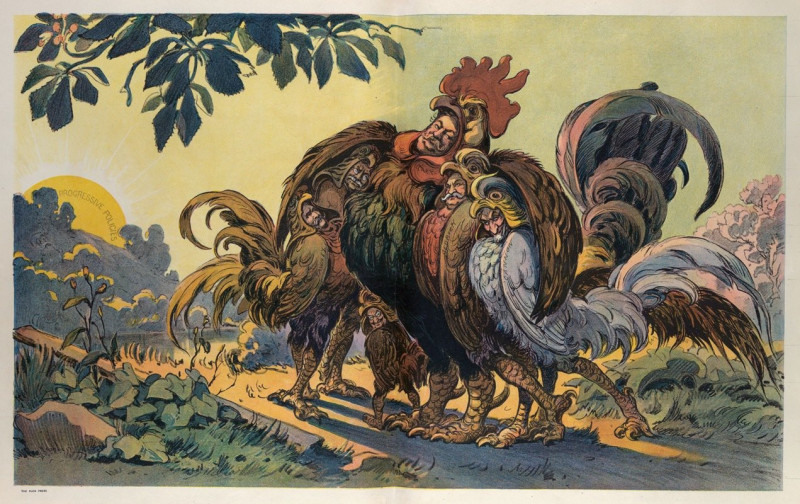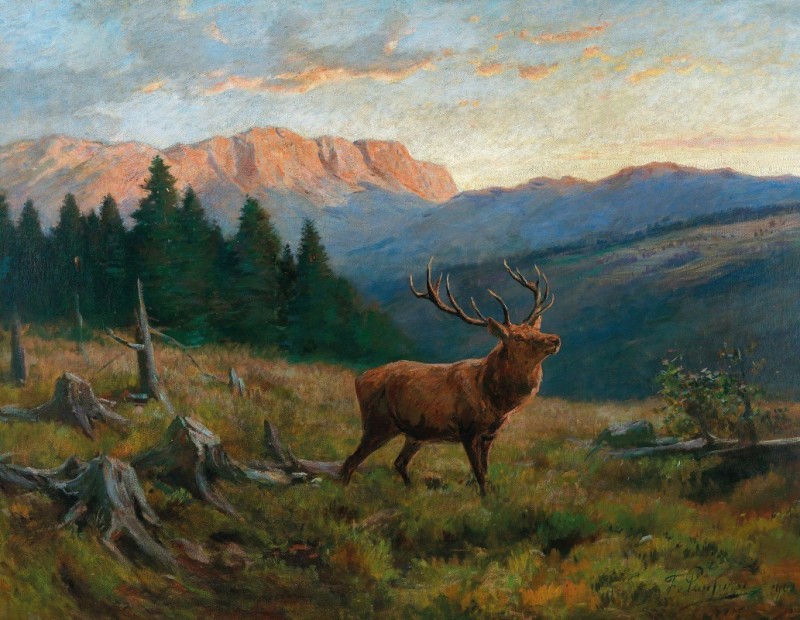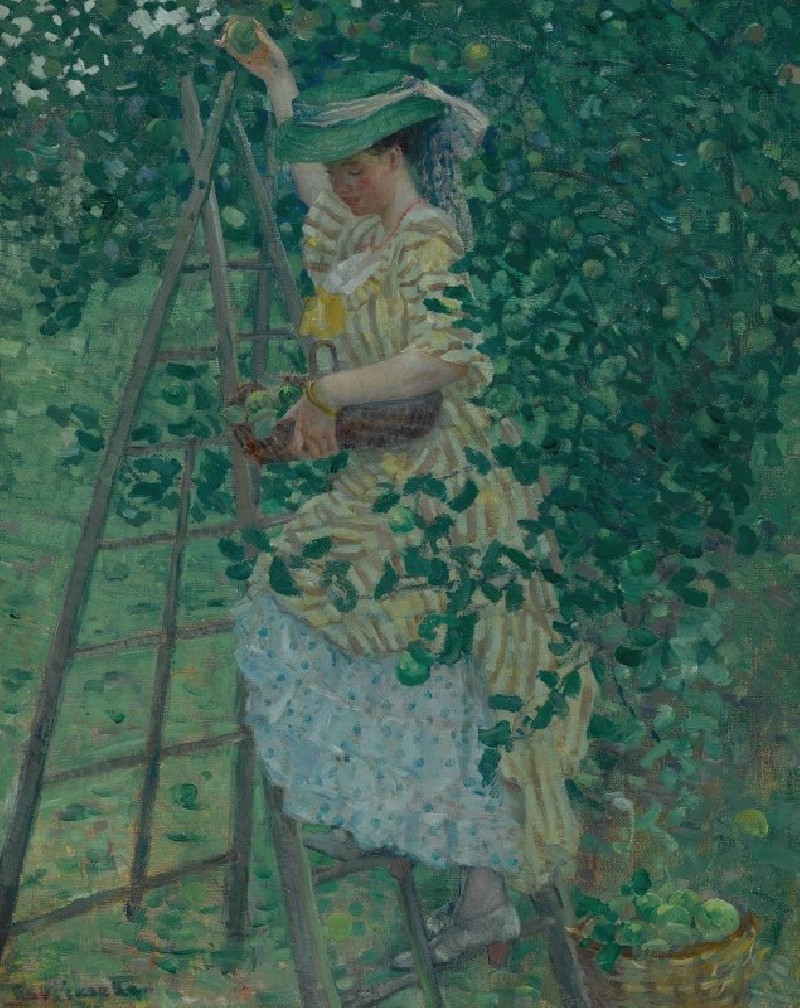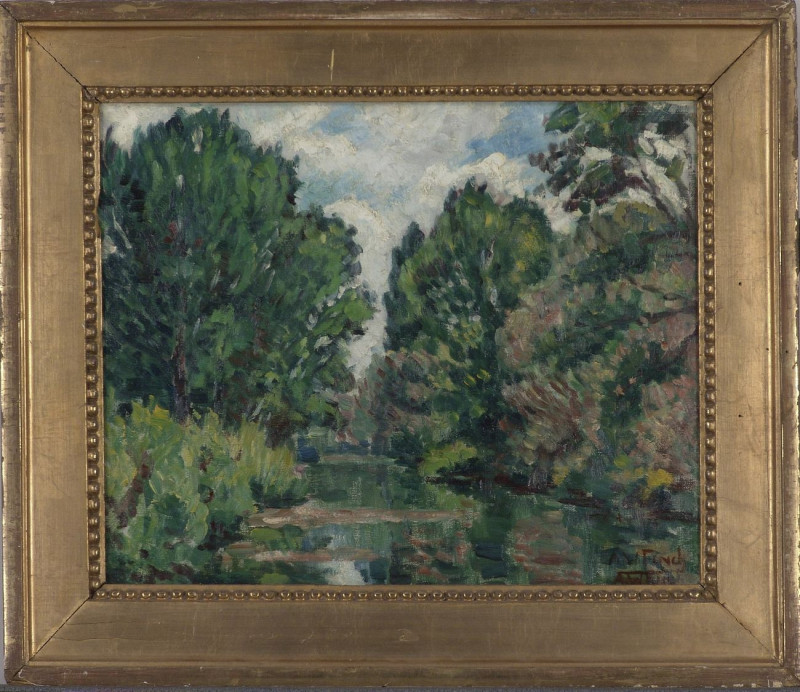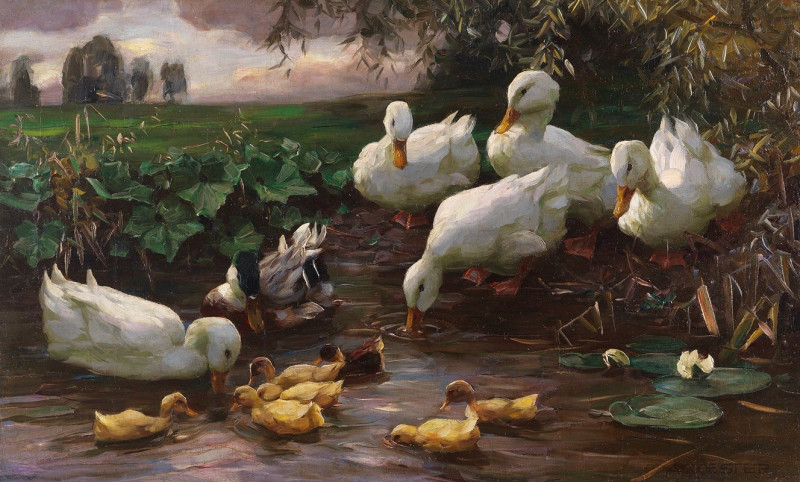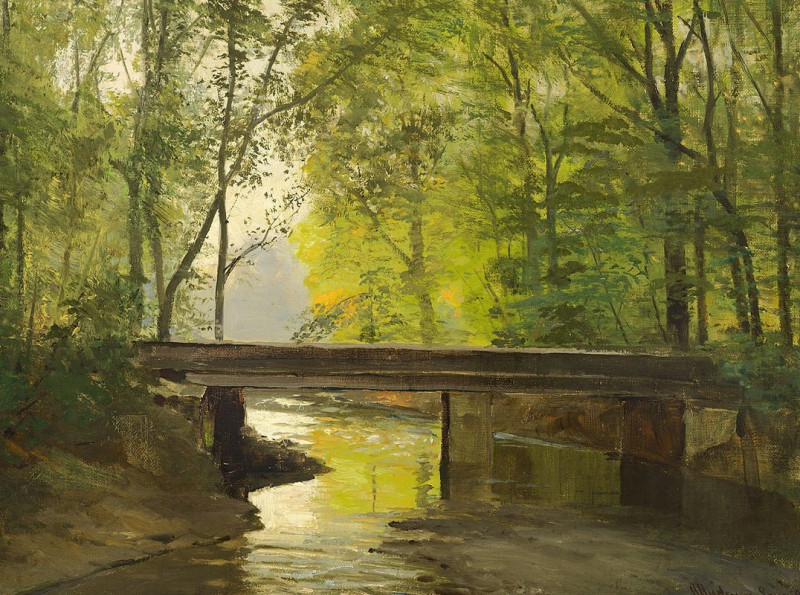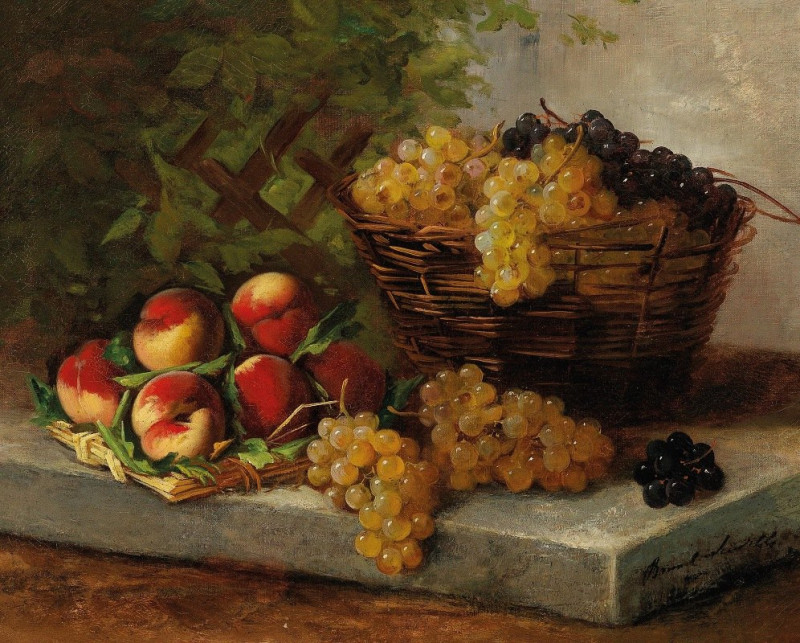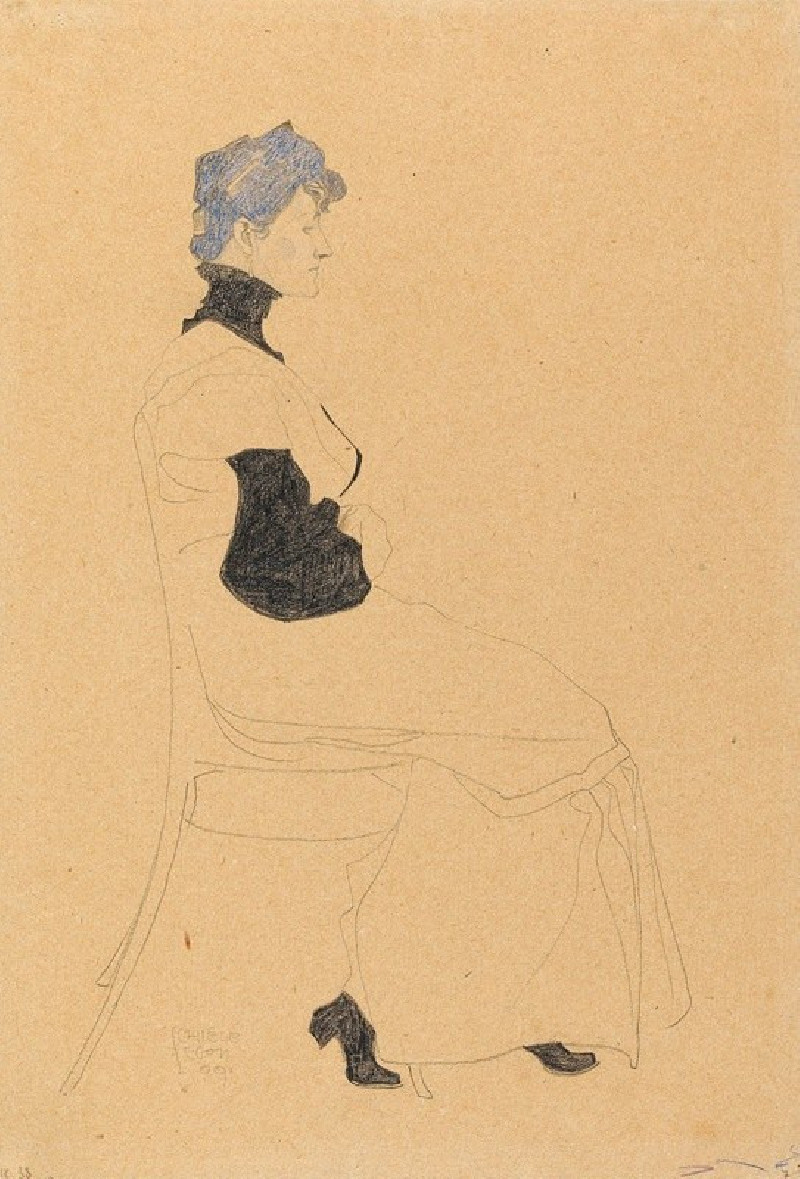The tiger’s prey (1913)
Technique: Giclée quality print
Recommended by our customers
More about this artwork
"The Tiger’s Prey" by Samuel Ehrhart, painted in 1913, presents a vivid tableau that juxtaposes the wild ferocity of nature against the backdrop of human civilization. The painting captures the powerful image of a tiger perched precariously atop a craggy outcrop, its body coiled with tense energy. The tiger’s bold orange and black stripes starkly contrast against the soft, muted tones of the nighttime urban landscape sprawling in the distance.This enigmatic piece seems to be both a celebration of nature's unrestrained beauty and a poignant reminder of its fragility in the face of expanding urban environments. The sprawling cityscape beneath the tiger, with its twinkling lights and towering structures, suggests the encroachment of urban development onto natural habitats. Ehrhart might be hinting at the escalating conflict between the animal kingdom and human progress.Concurrently, Ehrhart's work can be viewed as an allegory, possibly reflecting on underlying social or political themes pertinent to the early 20th century, such as the burgeoning industrial age and its impact on the natural and social environments.
Delivery
Returns
American cartoonist and illustrator born in Pottsville, Pennsylvania, Ehrhart received his education in the New York City school system. Subsequently, he studied art in Munich. His work appeared in Harper's Monthly (1878-79), Puck (1880, and 1888-1913), and Judge (1887). He died in Brooklyn, New York on October 26, 1937.

